
Tea is one of those rare exceptionally beneficial plants that made its way from natural forests to endless farms and into almost every single household. Teas come in a wide variety of flavors and types, each having its own list of uses and health benefits. Many types of teas also play a major role in the cultural heritage of numerous countries and are imbibed into the local traditions and customs, like the Tea Ceremony often seen in Chinese and Japanese weddings. Korean culture has also enjoyed similar ceremonies and has a myriad of traditional teas, the recipes for which have been preserved over centuries. One such tea is Sujeonggwa, a cold-brewed tea that packs a punch both in terms of flavor and health benefits.
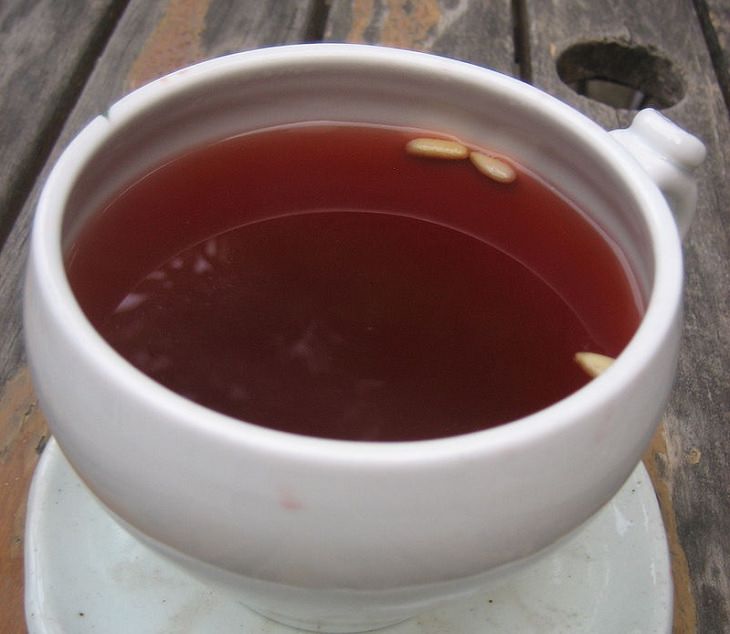
(By gliuoo, Wikimedia Commons)
This delicious tea is commonly served cold and enjoyed post-meals as a dessert because it has properties that aid in digestion. The original recipe makes use of cinnamon, ginger, persimmon, and pine nuts.
Cinnamon is known for its anti-microbial and anti-inflammatory properties. It can also reduce the risk of contracting cardiovascular disease and colonic cancer, and even plays a role in boosting cognitive function. Ginger comes with its own wide array of benefits and has been used for medicinal purposes for ages. It is highly effective in protecting the gastrointestinal tract and helps reduce feelings of nausea.
Persimmon and pine nuts are ingredients that have to be used based on availability. Persimmon has a heavy content of iron and Vitamin C, two important minerals that help boost our immunity against colds and anemia. Pine nuts are full of unsaturated fats, what we call the good fat, which can help improve cholesterol levels and prevent hypertension.
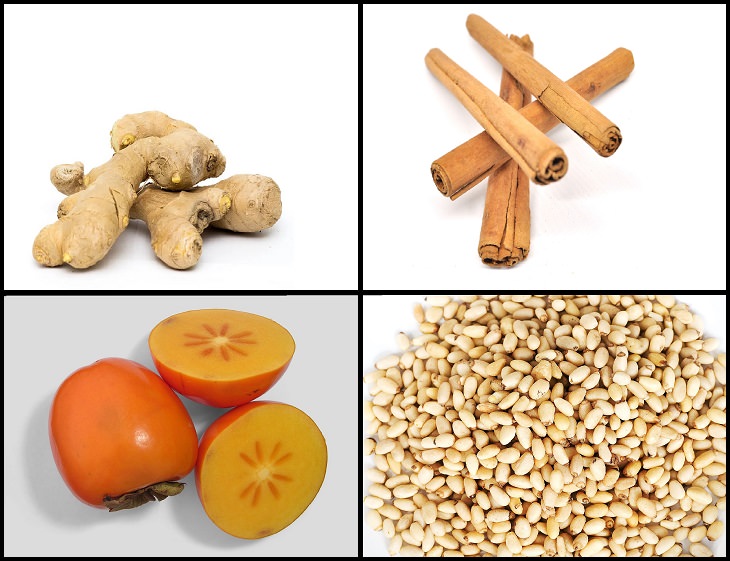
(Ginger: Pixabay, Cinnamon: Équinoxe Madagascar, Wikimedia Commons, Persimmon: Wikimedia Commons, Pine nuts: Flickr)
This recipe has four main ingredients, though use of persimmon is subject to availability and pine nuts, subject to preference. Variants of this tea have also been made with added pumpkin, pears, or selective fruits. All in all, this easy-to-make tea is chock full of all the good things our bodies needs and all the delicious flavors our tongues crave.
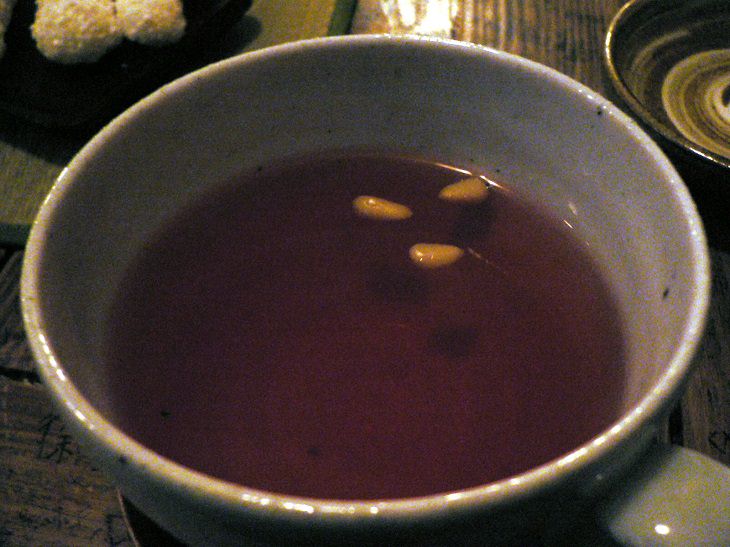
(Flickr)
Step 1: Cut the peeled ginger into thin strips. Boil the strips of ginger and cinnamon sticks in the water at a medium-to-high flame.
Step 2: Once the water has boiled, lower the heat to a simmer and let the solution cook for another 40 minutes until it becomes a dark reddish-orange color.
Step 3: Strain the base tea to remove the ginger and cinnamon. Add the sugar and mix it in until it has fully dissolved.
Step 4: Chop dried persimmon (if available) and add to the tea. Chopping the persimmon makes its easier to eat. Allow it to cool for 15-20 minutes, and when it is slightly warm, refrigerate it.
Step 5: Refrigerate the tea overnight before drinking and serve cold in small bowls, ensuring that each bowl has sufficient persimmon. Top each bowl with pine nuts as a garnish and prepare to gorge yourself on this delicious digestive aid!
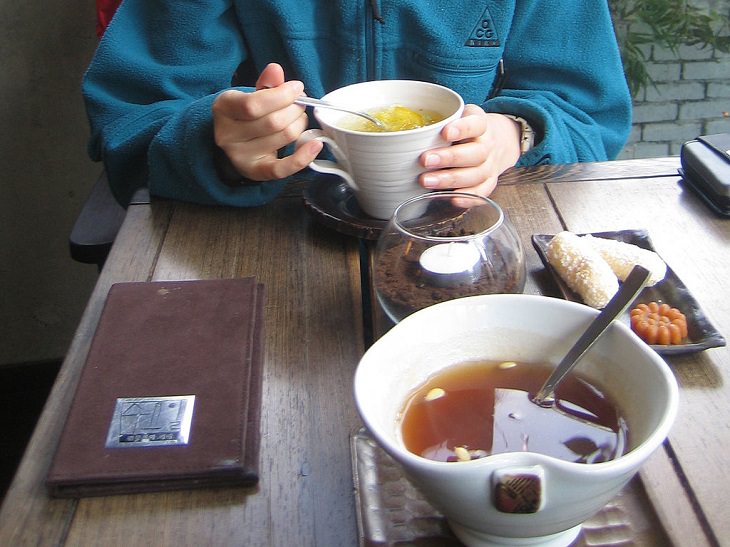
(By Bernat, Wikimedia Commons)
There are numerous other ways to add flavor to this healthy Korean fruit punch. However, this core recipe is still absolutely scrumptious and a thoroughly refreshing post-meal treat. Though it takes a while to prep, you can make a big batch and keep it in the fridge for a few days, so you can enjoy this sweet soupy treat after every dinner.
Share the recipe with family and friends
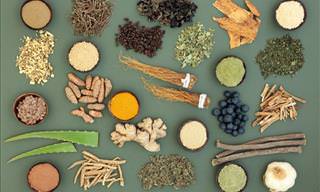
Adaptogens: Herbs Whose Job It Is to Fight the Fall Blues
Add a new term to your wellness dictionary. Adaptogens are powerful herbs that help cope with stressors, be it bad weather or a stressful day

5 Dessert Recipes in 5 Ingredients or Less!
Check out these easy and refreshing dessert recipes that use 5 ingredients or less!
 7:15
7:15
Delicious! Avocado Isn't Just For Making Guacamole Anymore
If you think avocados aren't a versatile fruit, these 6 mouth-watering recipes will make you think again!
 8:07
8:07
How to Make the FLUFFIEST Pancakes You've Ever Tasted
This Japanese souffle pancake recipe achieves the impossible - it makes pancake even more delicious. Trust us, these are the fluffiest pancakes in existence!

These Yummy Brownies Only Require 2 Ingredients!
If you have a sweet tooth, but you're also trying to maintain a low-sugar diet, this easy and healthy brownie recipe is just what you need!
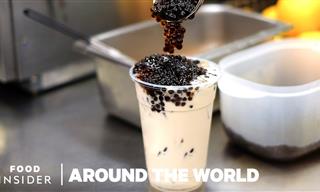 8:17
8:17
Explore the Tea Rituals and Recipes of Different Countries
Tea is deeply rooted in many cultures, from China to the UK. Learn the tea rituals and recipes of different countries around the world.

Love Ginger Ale? Maybe It's Time You Made Your Own...
2 easy to make recipes for organic ginger ale and ginger beer
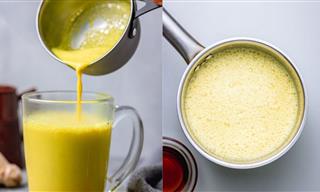 1:32
1:32
Turmeric Milk: Your Nighttime Sleep Elixir
Improve your sleep with this turmeric milk recipe.
 11:07
11:07
Dessert Ideas That Deserve To Be On Your Christmas Table
These delicious and easy desserts are a great way to surprise your family and friends this Christmas!

A COLLECTION of Recipes for 12 Delicious Fish Dishes
Humans have been cooking fish for thousands of years, and some countries completely depended on fish for food. We've collected our very best fish recipes here for you to enjoy.

9 Guides to Preparing the Perfect STEAK Every Time
Learn to make the perfect, juiciest steak with this collection of 9 invaluable cooking guides and recipes

The True Ingredients of Nine Wonderful Ketchups
Experiment with these inventive recipes and discover a new favorite way to enjoy ketchup!

This Hassleback Chicken Will Leave Your Guests in Awe
You've probably tried to make hasselback potatoes, but have you ever tried this technique with chicken? Here's a recipe you and your guests will love.
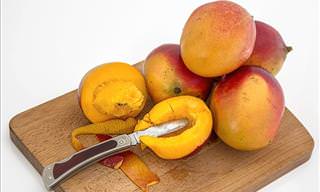 0:48
0:48
There is a Secret Way to Perfectly Cut a Mango...
Enjoying this tasty summer fruit has never been easier!
 4:44
4:44
This Chicken Breast Recipe is Simple, Cheap and Juicy!
Today, we're sharing a mouthwatering recipe that you'll want to cook over and over again without getting bored.
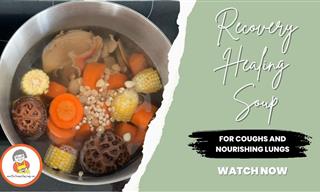 4:04
4:04
A Herbal Soup to Clear Congestion and Support Lung Health
This traditional Chinese soup offers natural comfort and relief.
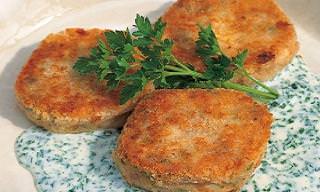
Whet Your Appetite with These Delicious Salmon Fish Cakes
Fish cakes can be served as a starter or a main course, this recipe will teach you how to make delicious salmon fish cakes.

Sink Your Teeth into This Delicious, Adults-Only Cheesecake
Sink your teeth into this heavenly, adults-only Bailey's cheesecake dessert recipe. Without a doubt, this adults-only cheesecake recipe is sinfully delicious, and we guarantee that you'll love every bite!

4 Heavenly Chicken Soups to Spoil Yourself with This Winter
Chicken is a common soup ingredient because of its ideal tenderness and taste. Presenting 4 of the many irresistible ways to make the chicken soup of your dreams.
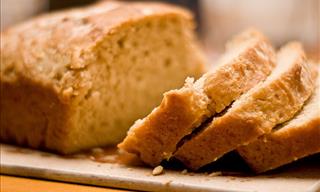
7 Delicious Yeastless Breads From Around the World
Try these 7 traditional and novel bread varieties from different corners of our planet.
 4:26
4:26
THIS is Why I Love Italian Cuisine!
What makes the Italian cuisine one of the best in the world? Watch and learn.
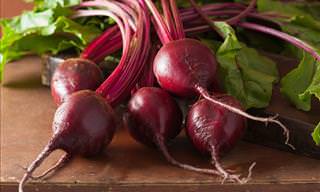
5 Delicious and Healthy Recipes You Can Make with Beets
Recipes centered around beetroot
 10:02
10:02
5 Cool and Unexpected Ways to Use Pizza Dough
Have some leftover pizza dough? Here are some neat ways to use it.

Three Terrific Recipes for Tasty and Healthy Root Vegetables
The following three recipes will teach you how to utilize lesser-known parts of a variety of wonderful root vegetables, earning you plenty of compliments and praise.
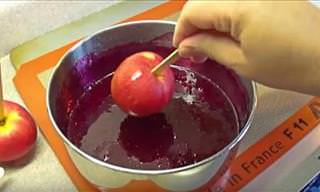
How to Use Apples in the Best Possible Way This Fall
Here are some of the best tried and tested recipes you can make with apples.

Wake Up to This Heavenly Breakfast Recipe
This heavenly treat combines all of your favorite breakfast ingredients
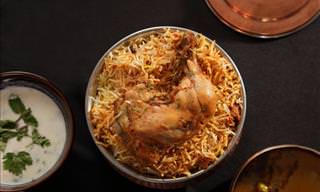
These 3 Recipes Prove Why Chicken Is the Most Popular Meat
Three appetizing chicken recipes from different cuisines: creamy Hungarian paprikash, aromatic Indian biryani and gourmet cordon bleu.
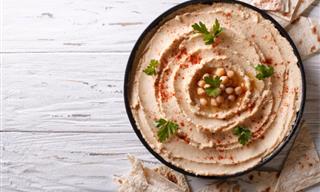 5:36
5:36
This is How You Make Delicious Home-Made Hummus
Hummus is delicious, and you'll be surprised how easy it is to make your own.
 6:48
6:48
11 Common Cookie Baking Mistakes And Their Results
Every baker knows there is a delicate balance to be kept in chocolate chip cookies. This is how the 11 most common mistakes will affect your final batch.

6 Easy Desserts That Will Make Your Meal Unforgettable
Here you’ll find unique cakes, easy-to-make cookies, indulgent chocolate brownies, and many more

The 12 Best Foods for Your Abs!
Introducing the 12 best foods to burn excess stomach fat and keep your body trimmed and thin.

Boost Your Immune System With These 4 Delicious Juices
These 4 healthy and delicious drinks will help you ward off the cold and flu during the cold seasons and improve your immune defenses
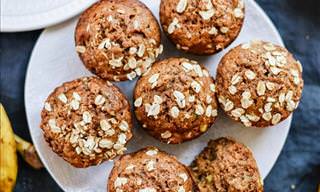
Maple Banana Muffins That Are Healthy as Well as Delicious
This recipe will show you how to make delicious and healthy maple-sweetened banana muffins.
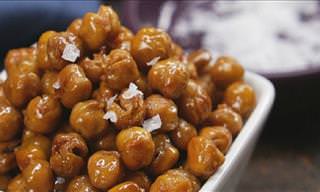
These Snacks Are Both Delicious and Healthy! Try Them Out!
People associate snacking with being unhealthy, but the following 6 snacks taste great and are also good for you.

Impress Your Guests With This Easily Made Apple Swan!
A simple and easy way to beautify any set table with beautiful little apple swans!
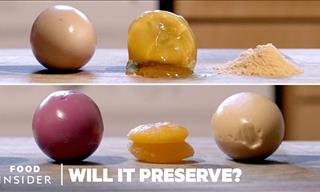 11:51
11:51
6 Useful Ways to Make Eggs Last for MUCH Longer
Not only does this video teach 6 ways to preserve eggs for much longer, you also get to learn some pretty cool recipes on the way.

This is How You Can Bake the Perfect Cookies Every Time
Want to make the perfect cookie? Well, after reading this article, you'll be able to do so every single time you bake!
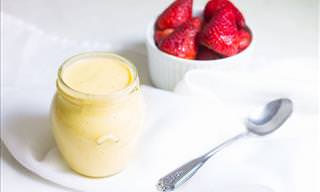
5 Great & Basic Cream Recipes We All Should Know
Learn how to make 5 of the most basic creams every baking enthusiast should know how to make! So, the next time you want to make a luxurious and impressive dessert, simply choose one of these excellent cream recipes.
 10:08
10:08
Make This Two-Ingredient Bread at Home, It's SUPER Easy
Ran out of bread or store-bought tortillas? No worries, we can help. Just make this delicious and easy-to-make Indian flatbread.
 7:34
7:34
Bring Variety to Your Morning With 10 Iced Coffee Drinks
Bring variety to your breakfast with these delicious and refreshing iced coffee drinks!

6 Delicious Tuna Recipes You Just Have to Try
Fish dishes are an easy and great way to provide ourselves and people close to us fast and healthy meals full of protein and amino acids. These 6 different recipes use tuna fish in its many forms!
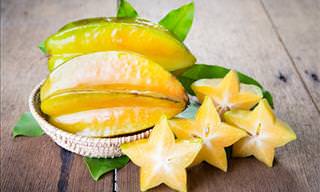
7 Seasonal Superfruits You SHOULD be Eating
It's well documented that fruit is very good for you, but not all fruit is created equally. Here are 7 seasonal superfruits that you should definitely be eating.

Learn Your Fish: 9 Common Types and How To Prepare Them
Do you think that choosing and cooking fish is a hassle? Let us change your mind by teaching you to distinguish between 9 fish varieties
 8:04
8:04
How to Make the Most Delicious Breakfast Bread Ever!
This bread is not only easy to make but also perfect for those cozy mornings when you want something warm and comforting.
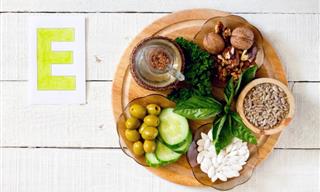
What Does Vitamin E Do, and Where Do We Get It From?
This discussion delves into eight noteworthy benefits of vitamin E, substantiated by scientific research.
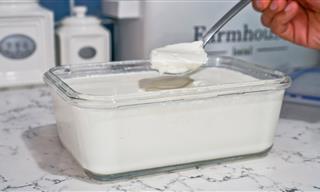 2:55
2:55
Why Spend Money On Yogurt When You Can Make It Yourself?
Why spend money on buying yogurt when you can make it easily at home with just two ingredients?

Avoid These Foods if You Want Mosquitoes to Leave You Alone
Many summer treats are loved by both man and mosquitoes. If you want to get less bites, you should avoid eating these foods outside.
To enable your Ad-Free Subscription, please fill the fields below
Your subscription was successful, now you can enjoy an ad-free experience!!
Note: To make sure you get no ads, please make sure to log in to your account. If you are logged in already, then refresh the page. The subscription can be cancelled at any time.


